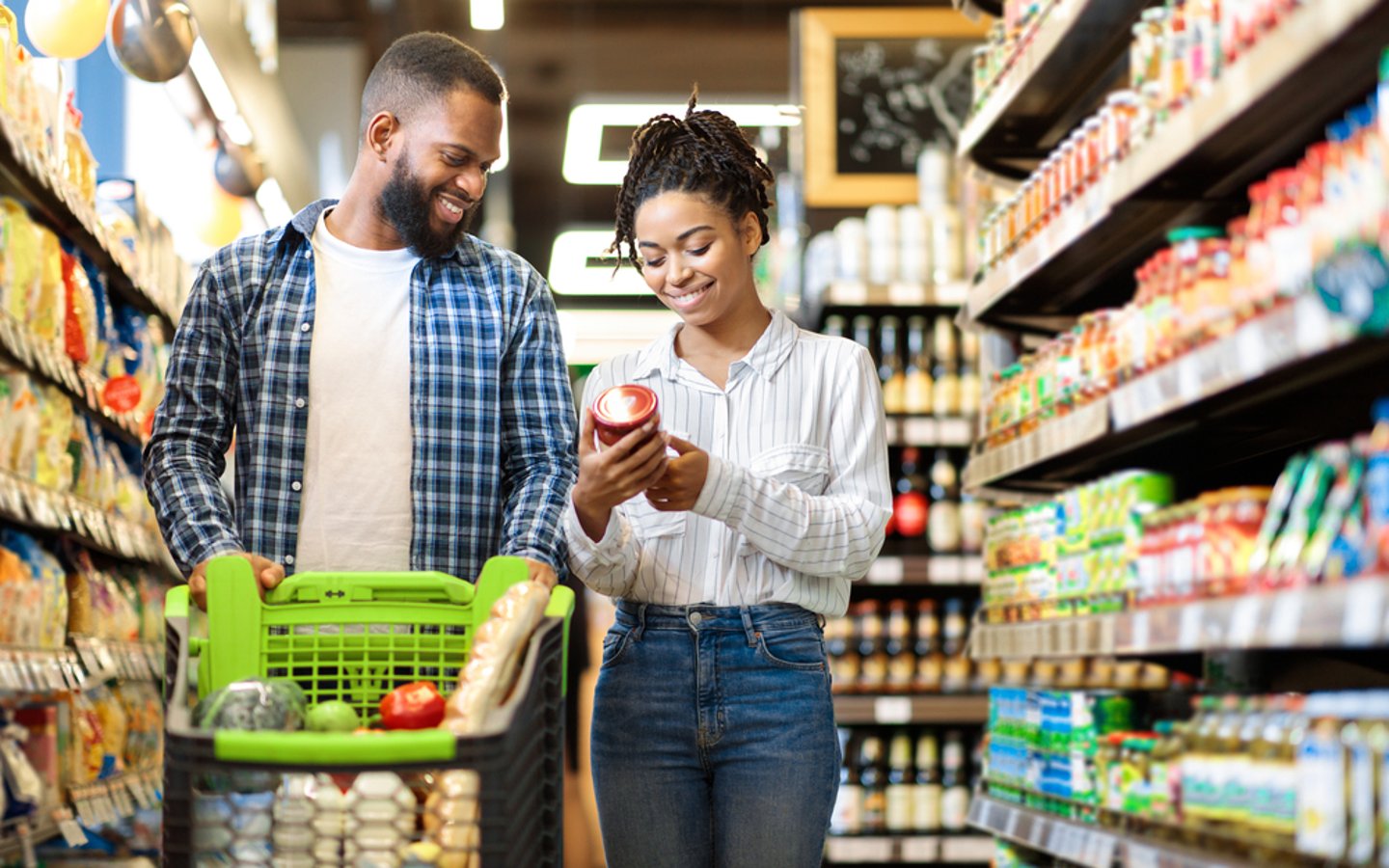2023 Private Label Outlook: Turning the Page
The past two years have seen the changing of the calendar from December to January met with hope and a level of cautious optimism as retailers and product suppliers alike sought to put the prior year’s hurdles behind them.
For those needing a reminder, the past three years have offered mountainous challenges ranging from a global health crisis to supply chain speed bumps and price hikes not seen in a generation or two. Hoping for a normal business climate? Most experts will say they are no longer sure what normal is.
What is clear is that 2023 will offer its own unique set of opportunities and challenges, and for the private label sector, the chance to build off a strong 2022 when inflation led consumers to seek out lower-cost, store-branded products to make ends meet. In the process, many shoppers also discovered their money saving choices revealed products that rival or exceed the quality offered by legacy national brands.
“We have again seen retail brands become more accepted by the consumer and we hope that continues, even if the economy shows some improvement this year,” said Peggy Davies, president of the Private Label Manufacturers Association (PLMA).
While price will continue to be a major factor in consumer spending habits and the choices they make when shopping in-store and online, industry experts also feel there is more retailers can do to highlight the benefits of store brand products that go beyond simply being less expensive than their national branded competitors.
“Retailers need to treat their private label brands as brands,” said Barbara Connors, vice president
of Strategy and Acceleration with 84.51°, Kroger’s retail analytics firm. “They need to focus on marketing their brands to drive awareness and keep their products top of mind with shoppers. While consumers may buy the items because they are less expensive, it’s important for retailers to also highlight the quality of the items as well.”
Utilizing these long-standing tenets of marketing would also give retailers the chance to create an emotional connection with shoppers about a given retailer’s private label assortment. To do so, there’s a line of thinking among those who closely watch the private label industry that retailers need to continue evolving what motivates them when working to develop new products.
“Historically, retailers have viewed their private label assortments largely as an opportunity to enhance their margins,” said MaryEllen Lynch, principal, Center Store Solutions with IRI. “There is now an opportunity to have consumers view products sold under a private brand as more than something they have to buy based on economics, but products they want and need.”
The need for retailers to continue working to gain consumer acceptance of their private label products will be vital given that 85% of retailers said they plan on increasing their assortments of store-branded products in 2023, said Jim Griffin, executive vice president, North American Operations with Daymon.
“Expansion in 2023 will heavily rely on a retailer or brand’s ability to focus on bolstering the key areas impacting development,” he said. “This includes establishing a unique and ownable lens to innovation, boosting sustainability measures across the board, planting both feet into omnichannel investments and securing the supply chain through partnerships.”
Consumer Shopping Habits
The past three years have also seen the habits of consumers shift at an uncommonly rapid rate in the face of significant factors that include the COVID-19 pandemic and inflation. But which of these habits will carry into 2023 and which will diminish?
Connors said that while consumers will remain focused on price, they will also look at what they are buying through the lens of value and assess both when making purchase decisions.
“Consumers today are much savvier and have adopted new habits in an effort to maximize their budgets,” she explained.
She also said shoppers overall will remain focused on buying products that have a positive impact on their health. Noting that this topic has evolved beyond calories and the fat content of consumables, Connors said the topic of health also includes identifying products that allow them to improve immunity levels and get a better night’s sleep, for example.
Lynch added that financial concerns will remain top-of-mind for consumers who spent much of 2022 zeroed-in on managing their household budgets in an effort to make ends meet.
“They bought less, reduced waste, chased promotions and were very intentional in choosing what to purchase, with many turning to store brand products,” she said. “I expect that to continue in the near term in 2023.”
Similar to Connors’ view about consumers seeking the best value for their dollars, PLMA’s Davies said based on conversations with private label suppliers, she expects to see more value packs on store shelves. This would not only give consumers more options when shopping for needed products, but allow retailers in the grocery channel and others to compete with the big-box stores.
Sustainability will again be a big part of the conversation, Daymon’s Griffin said, with consumers continuing to show an interest in the link between the environment, climate change, personal well-being and buying behavior.
“With a keen eye to how their individual purchasing decisions impact the world around them, more and more consumers are expecting companies to elevate their sustainability efforts,” he added. “Private brands need to be considering multifaceted goals and commitments, including product development innovation initiatives that take into account these consumer concerns and category dynamics.”
This, Griffin said, encompasses everything from acting on topics such as adjusting packaging (i.e. minimizing packaging and extending its lifecycle) to tasks that may require higher investments such as incorporating renewable energy and regenerative agriculture throughout the total supply chain.
Products to Watch
Despite the many changes to doing business seen over the past three years, a constant has been the continued need to develop new products. With retailers looking to build on the growth of private label product sales from 2022, the remainder of the year is expected to see a great deal of innovation, industry experts said.
“Innovating products around consumer trends will always be a key component of driving product development and loyalty,” Griffin said. “Now more than ever, shoppers are looking for ways to
drive satisfaction in everyday life, with products that bring simple joys and excitement through familiar items while balancing the value equation.”
An area of growth Griffin expects to see in private label is innovation with dynamic flavor pairings such as sweet and spicy global flavor profiles like gochujang. Across nonfoods, he noted the introduction of products that promote shareability across social media platforms by leveraging unique and new applications of colors, scents and formats such as within personal care products.
Connors agreed with Giffin’s assessment when it comes to flavor pairings as more consumers are showing a willingness to try foods that are spicier or “funkier.” She also expects to see continued growth in the health & beauty segment as consumers seek products that offer fewer ingredients while providing solutions to living a healthier life.
Snacking is another category with growth potential, according to Lynch, with the popularity of charcuterie boards continuing to drive interest from consumers. Additionally, continued price hikes at restaurants is also forcing many families to reduce the amount of times they are eating out. This is allowing retailers to provide products that tap into the ongoing strong desire of consumers to cook and bake at home, she said.
“As people look to save money, this is an opportunity for retailers to challenge consumers to make meals at home and utilize the selection of store brand products offered,” Lynch added.
While there continues to be a great deal of focus on developing new products for humans, pet products is a category that PLMA’s Davies said is also on a path for growth in 2023. She noted several private label suppliers within the pet segment are taking their first steps into the refrigerated foods category.
This category has seen activity with some national brands, but high prices are a barrier to entry for a number of consumers. Offering a more affordable private label option could allow retailers to expand the presence of fresh food for pets and give consumers more options.
What to Watch
While there will be many topics to keep an eye on throughout 2023, there are some that will be of greater importance to retailers and suppliers.
“It will be important to move past the line of thinking that things will return to normal and instead take steps to ensure that your business is set up for unexpected changes,” Connors said. “This includes utilizing data to maximize assets in-house and making decisions that allow your team to act more nimbly.”
IRI’s Lynch said that consumers are more optimistic that there is light at the end of the tunnel regarding many of the challenges they have faced in recent years. However, she noted the retail and supplier communities are still dealing with a level of uncertainty about issues such as supply chain and sustainability.
The opportunity current economic conditions are presenting retailers to build off 2022 and further boost sales of private label products could see some boost their marketing efforts to raise the profile of store-branded products.
“We expect retailers who may have been hesitant to invest to begin to firmly commit to holistic private brand marketing strategies,” Griffin said. “Brands need to learn where their customer segments spend their time and market to them on those platforms—whether that’s social, web, or email —and marry that with in-store strategies and communications.”
Use of these platforms will allow retailers to drive messaging with key communication strategies to reinforce innovation launches and educate consumers on sustainability initiatives- all of which should maximize sales, drive trial and develop shopper loyalty, he added.







